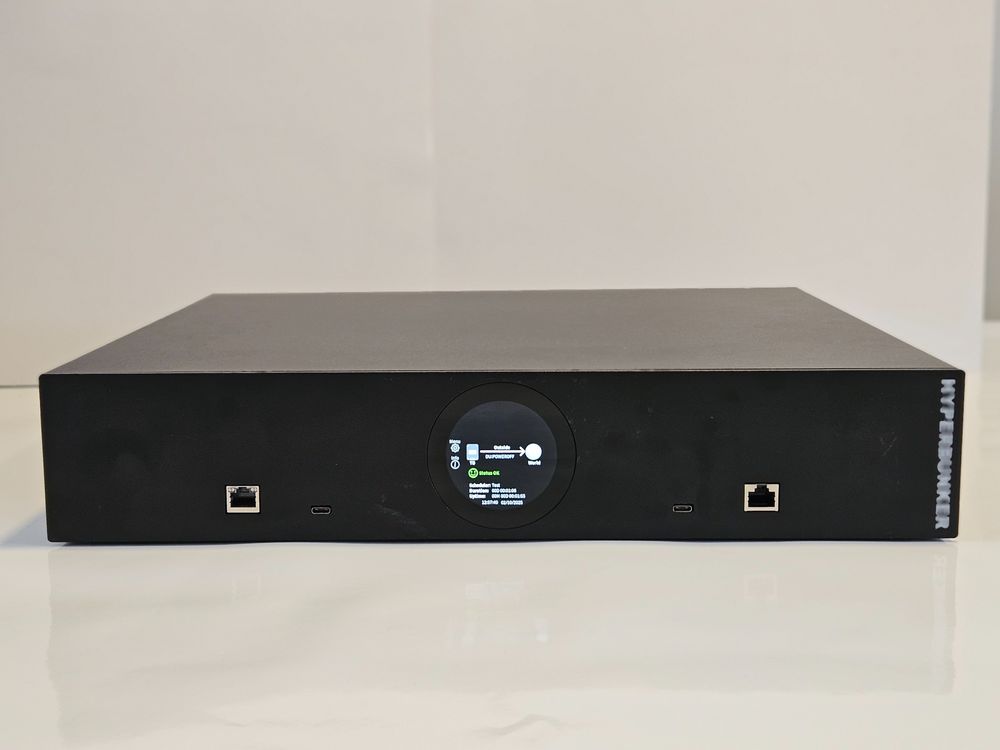The room was silent except for the clicking of a mouse. A finance director opened the “Payments” file on
his desktop—then froze. A message appeared: “Your files have been encrypted. Pay 50 BTC to restore
access.”
He tried the backup folder. Same message. He called IT. They opened the off-site copy. Same message
again. Three layers of defense, all gone in under ten minutes.
This is what modern ransomware looks like. It doesn’t just lock your data—it erases your confidence in
every system you trusted to protect it.
The illusion of safety
For years, organizations have believed that redundancy equals resilience. Duplicate your data. Sync to the
cloud. Maintain daily snapshots. But ransomware has evolved faster than backup design. In recovery labs,
we’ve seen more than 50,000 real-world data-loss cases. Across hospitals, utilities, manufacturers, and
banks, the pattern repeats: when attackers strike, backups fall in line.
The reason is painfully simple. Most “offsite” isn’t offline anymore. The moment a backup connects
through a mapped drive, API, or cloud sync it becomes reachable. And if it’s reachable, it’s vulnerable.
Attackers know that backup software runs with high privileges. They spend weeks studying the network,
waiting for credentials, and then they go for the kill: encrypting live systems first, followed by snapshots
and replicas. What’s left looks like protection, but it’s just encrypted noise.
Why even “good” backups fail
The most common misconception among CISOs is that modern ransomware only targets production data.
In reality, attackers target the recovery process itself.
In one manufacturing breach, every plant relied on mirrored data centers. When the infection hit, both
mirrors synced instantly—duplicating the encrypted payload at enterprise speed.
In another, a hospital’s disaster recovery plan ran daily integrity tests. But those tests were executed by
the same admin accounts later compromised. The logs read “healthy.” The data was dead.
Even well-funded companies fall into the same trap: assuming that automation and several copies equals
immunity. But automation without isolation just scales the blast radius.
Lessons from 50,000 recoveries
After decades in data-recovery work, one lesson stands above all: if you can access it, so can ransomware.
We’ve pulled drives from flooded basements, burned-out racks, and government archives. Physical
disasters follow physics, you can see the damage. Cyber disasters are invisible until it’s too late.
In 68% of the ransomware cases we’ve analyzed since 2022, backup corruption started months before the
encryption event. The infection lived quietly, altering files, poisoning indexes, or manipulating backup
agents to skip critical directories.
By the time anyone noticed, the “last known good copy” was a myth.
The trust problem
Backups used to be a comfort blanket. Today, they’re a liability if not truly isolated. Every CISO we talk
to describes the same fear: “What if the backups are lying?”
That doubt changes how organizations think about risk. It’s no longer enough to have redundant
systems—you need proof of separation, verifiable air gaps, and continuous validation that data hasn’t
been touched.
Resilience isn’t about how fast you recover; it’s about whether there’s anything left to recover.
Last line of defense
After decades of recovery work, we realized the only way forward was to rethink the concept of storage
itself. Not just faster recovery. Not better encryption. But unreachable preservation.
That’s how our team started designing what we now call an offline data vault.
It doesn’t live in the cloud. It doesn’t stay on the network. It’s a physical safeguard built to exist outside
the blast radius.
It’s simple, but the difference is profound: when the next breach comes, your last backup finally stays
your last backup.
The human cost
Every breach carries a number—downtime hours, ransom amounts, terabytes lost—but the human side is
harder to quantify. The CFO who can’t pay suppliers. The hospital IT admin who hasn’t slept in three
days. The engineer who has to explain to leadership that “the backups are gone too.”
When trust in your systems breaks, the damage outlives the attack. Staff lose confidence. Clients doubt
continuity. Regulators start asking questions you can’t yet answer.
That’s why true resilience isn’t built in a dashboard, it’s built in the moments after failure, when you still
have something untouched to hold onto.
Closing the loop
We’ve seen too many organizations do everything right on paper and still fail under fire. Not because they
lacked funding or tools, but because they overestimated what “online safety” means.
In cybersecurity, the pendulum always swings between convenience and control. Over the last decade, we
traded isolation for automation. Ransomware simply exploited that trade.
When the breach comes, and it will, it won’t be the cloud, the encryption, or the compliance badge that
saves you. It’ll be the one copy no one could reach.
Because in every attack we’ve seen, what fails first isn’t technology. It’s the trust we put in it.

